The Centre of Spare Time Activities – by Benjamin Le Brun
As one of the most exciting Shrill Cats features this year, we have the pleasure to showcase the work of Benjamin Le Brun, an artist based in France. When we first reviewed this series, it reminded us of the masterful use of colour and composition often associated with the work of Edward Hopper. This series, titled “The Centre of Spare-Time Activities” explores the increasing commercialization of suburbia, where large malls and chain stores have taken a central role in these once calm and quiet communities. This transformation is a global phenomenon that has resulted in new commercial points of interest, from theatres to wave pools, to museums, and more.
In this story, Benjamin invites us to a beautiful, perfectly-curated world where these new locations of spare-time activities have now accommodated fitting subjects that assume the role of stage performers. Riding the fine balance of an authentic theme with the playful colours in each photo, the world of spare-time activities is both strange and beautiful at the same time. Through introspection, we are also introduced to the idea where these locations appear almost as a stark backdrop where both the subject and background appear easily interchangeable, presenting a magical intangible quality where the subjects and background appear almost like dolls in a dollhouse. The poetic, lyrical melding of these ideas reminds us that beauty in art coincides with an equal beauty in the story beneath.
For our Shrill Cats readers, we had the pleasure to chat with Benjamin about his inspiration, the philosophy behind his art, and much more! Enjoy this special feature!
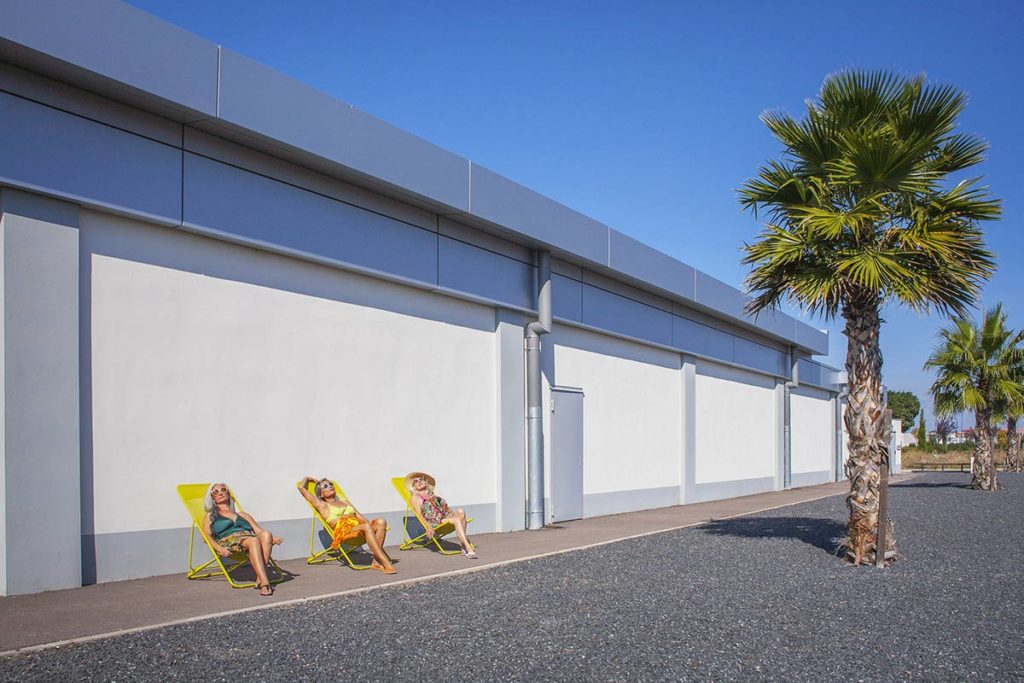
Shrill Cats: Thanks for taking the time to join us today! We are very impressed by your projects, from the concepts through to the actual photos themselves. Have you had any training as a photographer? What were your hobbies growing up?
Benjamin: I took evening classes and trained myself by reading; discussing and presenting my work to other photographers. I have practiced a lot and I interact a lot with my wife who allows me to stay focused on the goals I pursue in each series.
Young, I drew a lot as soon as I was alone, I was fascinated by drawing. I was reproducing manga and comic book heroes. I also spent hours reading adventure novels.
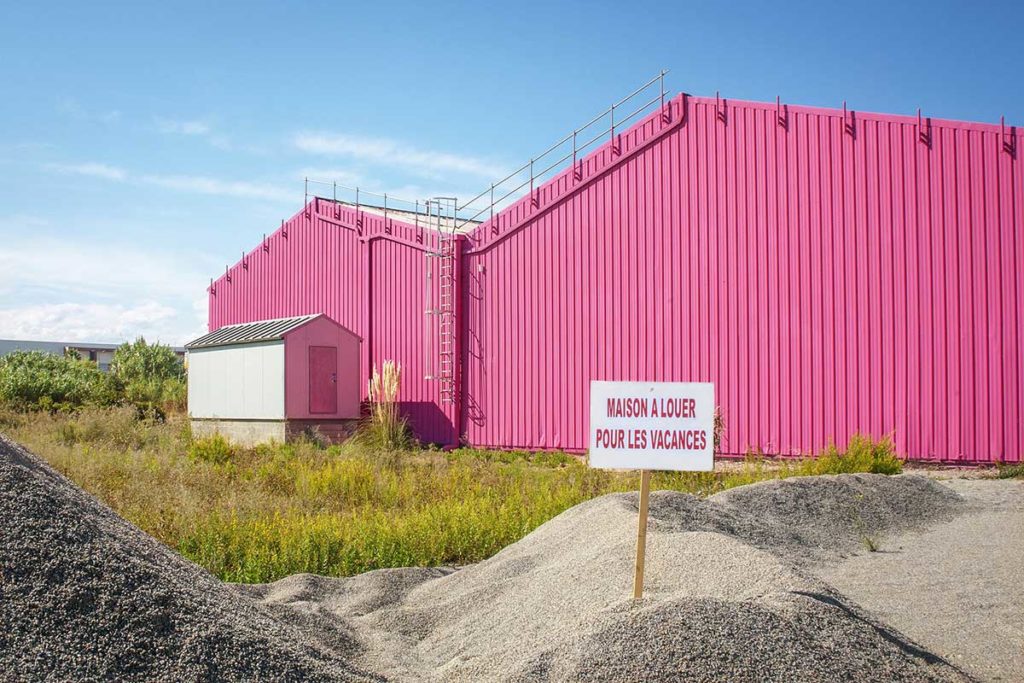
Shrill Cats: Where did the inspiration from this project come from? Can you tell us about your process in deciding on what each photo should consist of?
Benjamin: I photograph urban landscapes and I am attentive to their future. On a spotting day, I discovered an abandoned supermarket. I was surprised. I wondered how a supermarket could disappear. That’s how it all started. I wanted to understand. In deepening my readings, I discovered the current strategies of the leaders of this activities to keep their place. Their choices are not without influencing our societies and our territories, that is what I wanted to testify.
The process of creating each photo is the fruit of identification but also the fruit of readings, exchanges around ideas, it is quite long and some ideas are abandoned for weeks or months before anything is possible when the place, the last detail of composition are found.
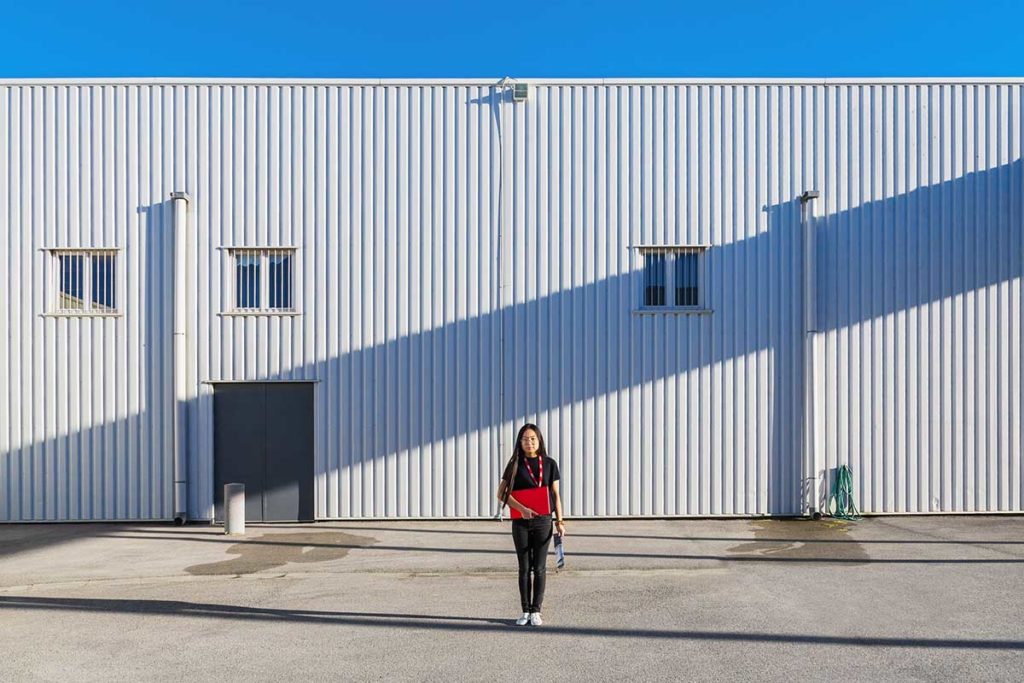
Shrill Cats: If you had a choice of any subjects and any location to photograph in, what project would you create, and who would you cast as your subjects?
Benjamin: If the opportunity were offered to me, I would come to the southwestern United States. I will choose a topic of society to share your concerns because we often live the same things but with a slight shift. I will put the subject on the scene with models from the place of shooting. I will rely on natural light, your architecture.
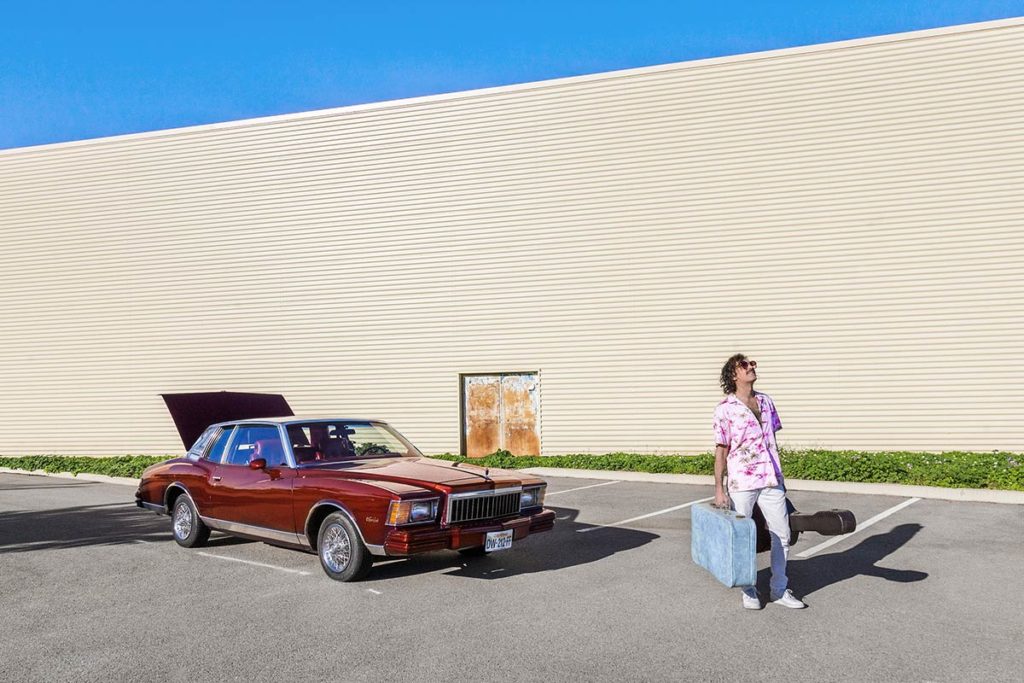
Shrill Cats: In your opinion, does art have a duty in representing a type of truth, or should it guide viewers into a world of fantasy?
Benjamin: I do not think it’s necessary to be dogmatic, everyone works in their own way. For my part, my way of sharing my works aims to testify of our society but without the will of pure denunciation because I am myself an actor of it and the impact of our societies is not neutral, would it be than on the environment. Also, I try to talk about some realities that seem absurd but I do not pretend to provide answers and solutions, others have this competence. I rather seek to share the concerns of our time so that the viewer reacts by making his own judgment.
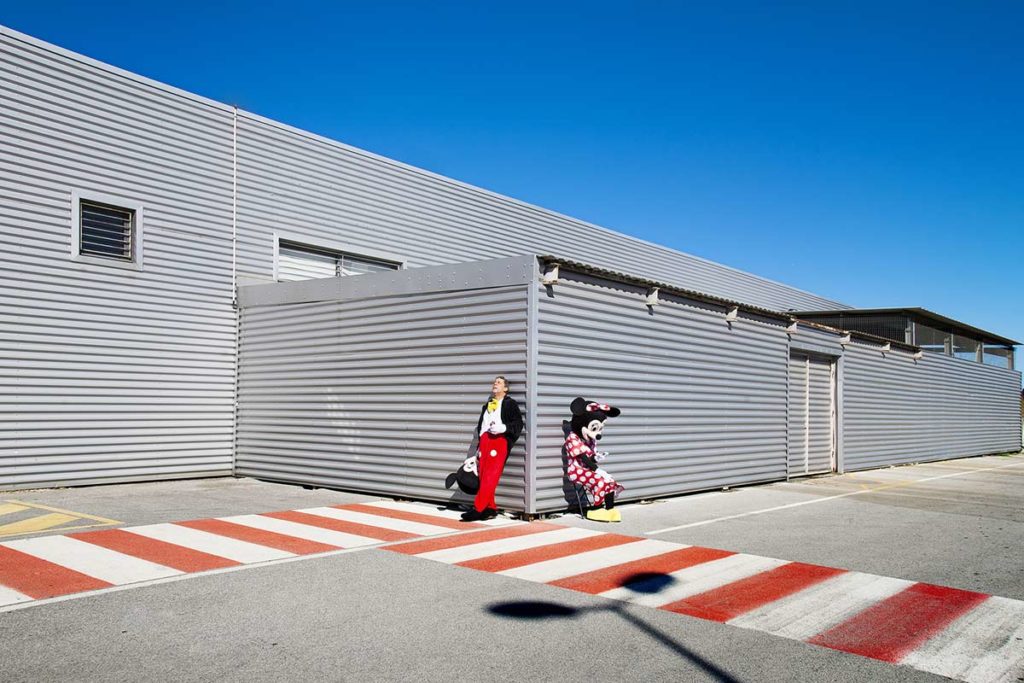
Shrill Cats: You described Edward Hopper as an inspiration into your art. There is an unmistakable perfection to the composition, lighting, and glorious colours that can be seen in your work, just as it could be seen in Hopper’s work. Yet, there is a feeling of contemplation – of time slowing down in Hopper’s work. Do you feel this same connection in your own work?
Benjamin: I testify of my time and behind the absurdity, I invite the spectator to discover the changes in progress. For example, less than five minutes drive from my home, you can now surf on an artificial wave in a mall. When, I see that, I tell myself that we are disconnected from reality, from our environment. Would we not want to surf on the open sea anymore? Are travel times too long to get there? Yet, this growth of activity reflects the change in our behavior. It is easier for children who live in the city to discover this activity close to home, employees can surf at the time of the lunch break, we can follow courses at a temperature always pleasant, even in winter. Suddenly, behind the apparent absurdity of my photos, we can discover a photograph that summarizes our new concerns and our desires. So, you’re right, my photos invite you to contemplation.
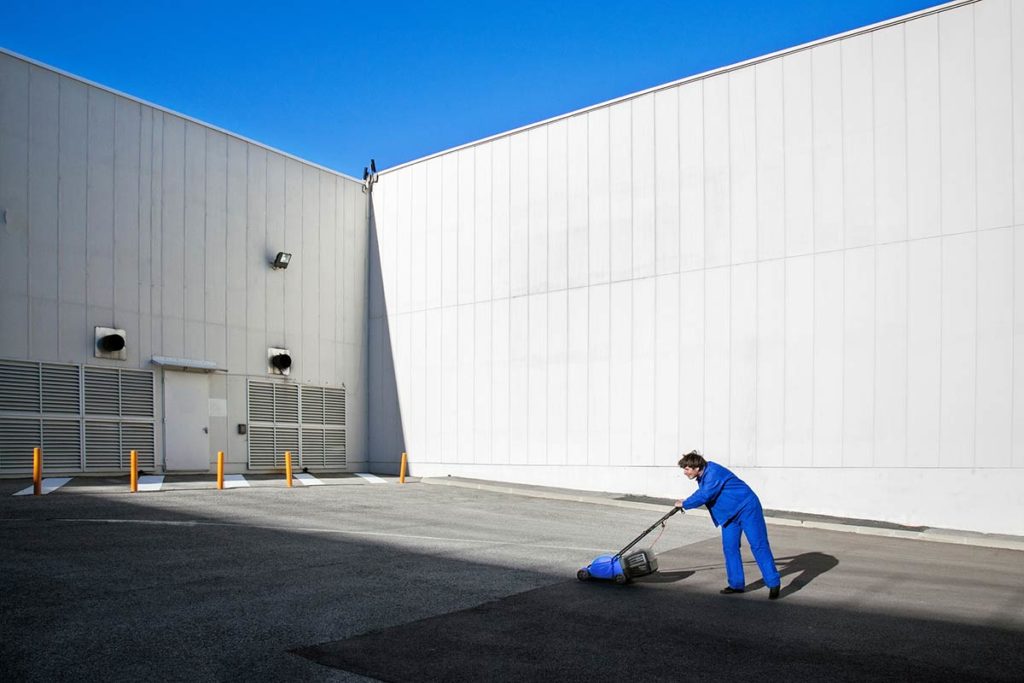
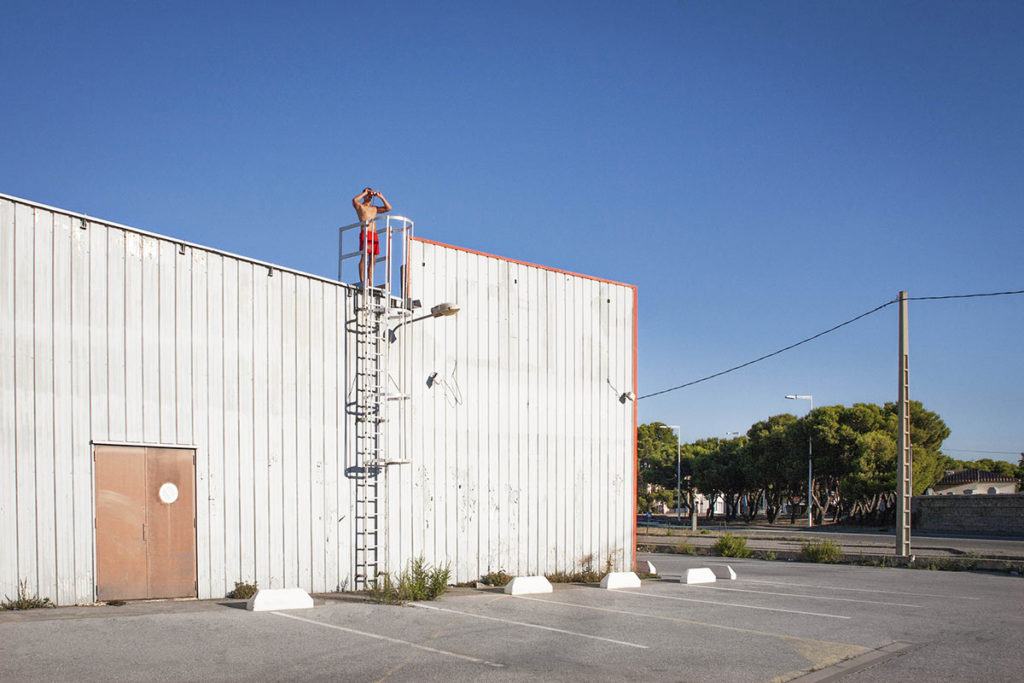
Shrill Cats: Coincidentally, Hopper had an interest in a technical field of becoming a naval architect in his youth, similar to your training in the technical field of urban planning. How has exposure to urban planning influenced your art?
Benjamin: Essentially by the preliminary work indispensable to any realization. In urban planning, projects take many years to materialize. Previous studies are needed, such as mobilizing partners and conducting numerous consultations. In my photographic work, it’s the same, I read, I exchange, I experiment. This professional culture invites patience and pugnacity. But obviously, working on the urban leads to develop an expertise and a look on which I rely in my work.
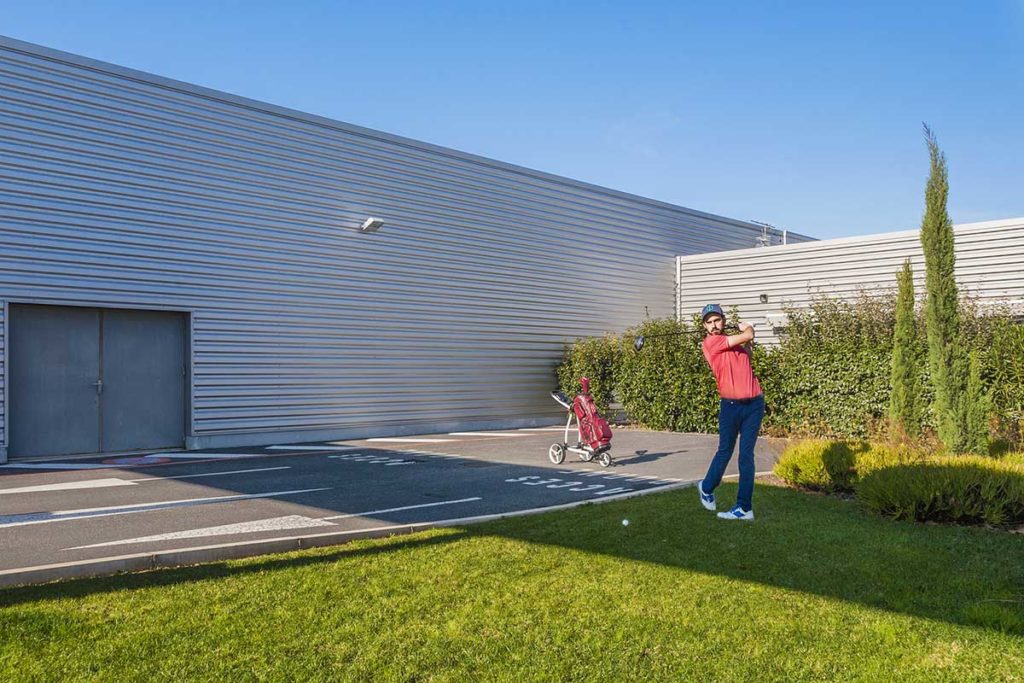
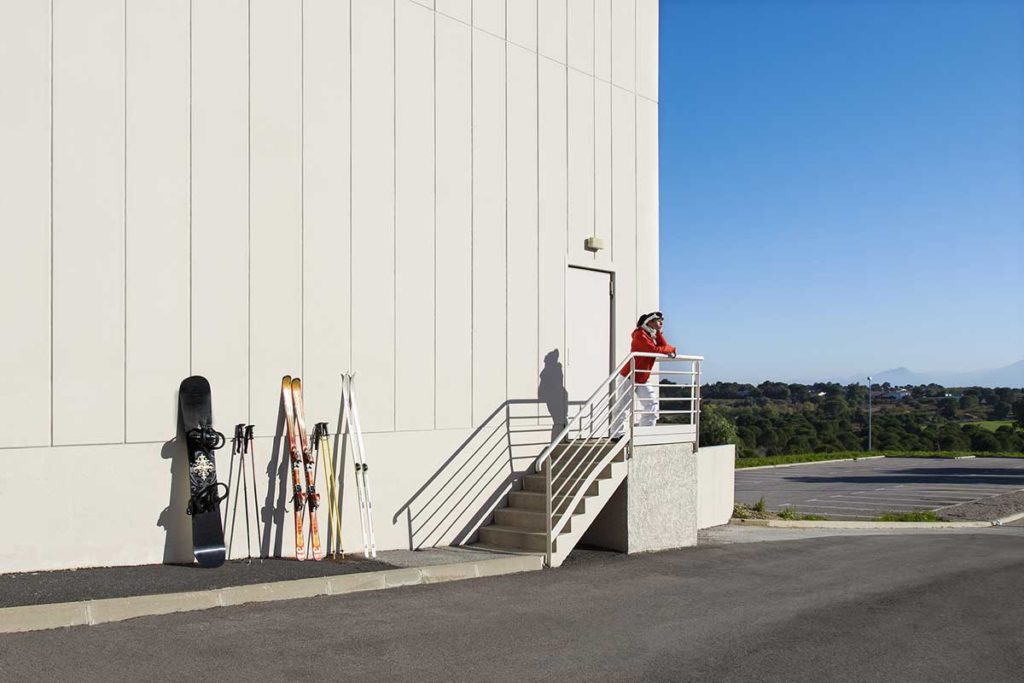
Shrill Cats: Do you have a favourite painting by Hopper? What is it about this painting that you like the most?
Benjamin: I really like Automat realized in 1927. In this work, we see a woman sitting at a table, back to the window in an environment stripped of all artifice. She is dressed in her coat, her hat on her head and looks at her cup that she holds in her hand, everything is harmonious. This painting testifies to both the evolutions allowed by the technique through these new cafeterias where the interaction with the other disappears, replaced by a distributor. Thus, by this simple context, one switch to a broader, timeless subject: solitude. Does this woman wait for someone? Is she newly settled in town, is she visiting? The mystery remains as to her history but the magic operates.
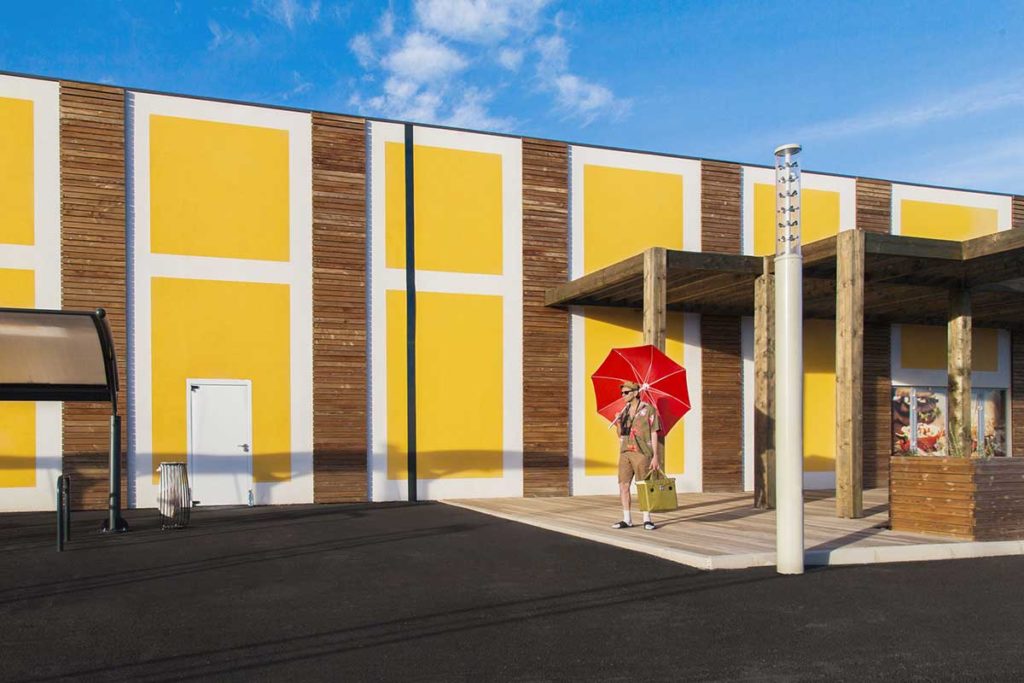
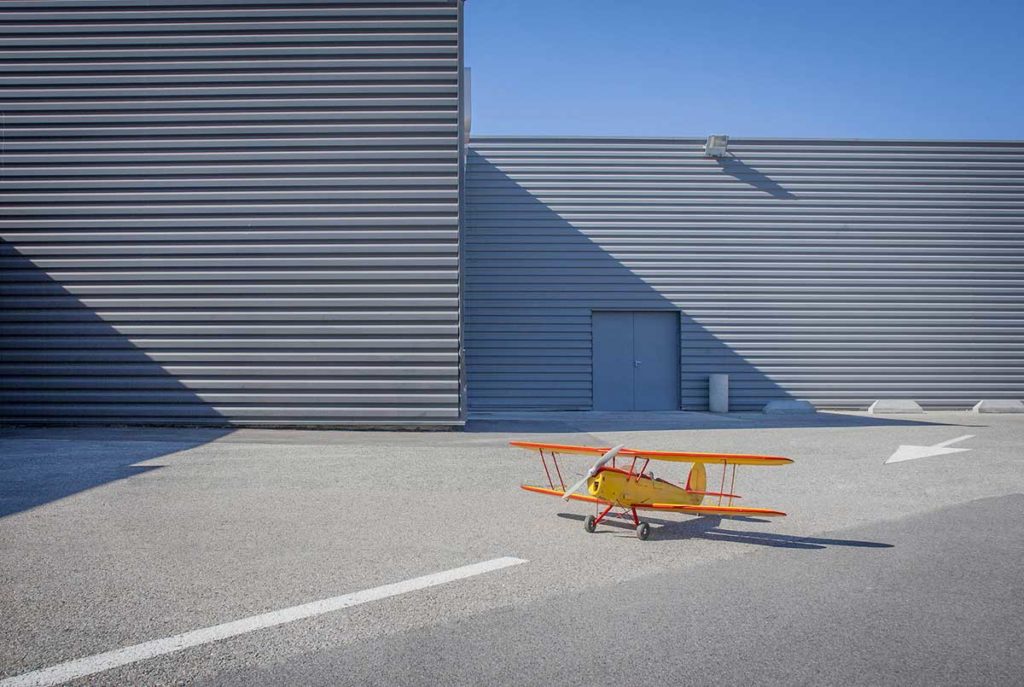
Shrill Cats: Can beauty from one form of art (music, poetry, etc.) be translated into beauty in another form of art? If so, what are the core qualities that makes that work of art recognizable in another form of art?
Benjamin: The first emotion I want to share in my images is a compilation of positive energy and lightness. I have already found these emotions in cinema, music, and literature. Aesthetics and composition are at the service of the subject to look at it differently. While the subject is serious in this series, it poses real questions about our modes of development but we must keep some optimism, solutions will be found collectively. In 20 years, our societies will proceed differently and resolve some of the current concerns. They will make new mistakes but will be able to develop new perspectives. In my work, I emphasize the absurdity of our behaviors, but I invite the spectator to question himself in a spirit of optimism.
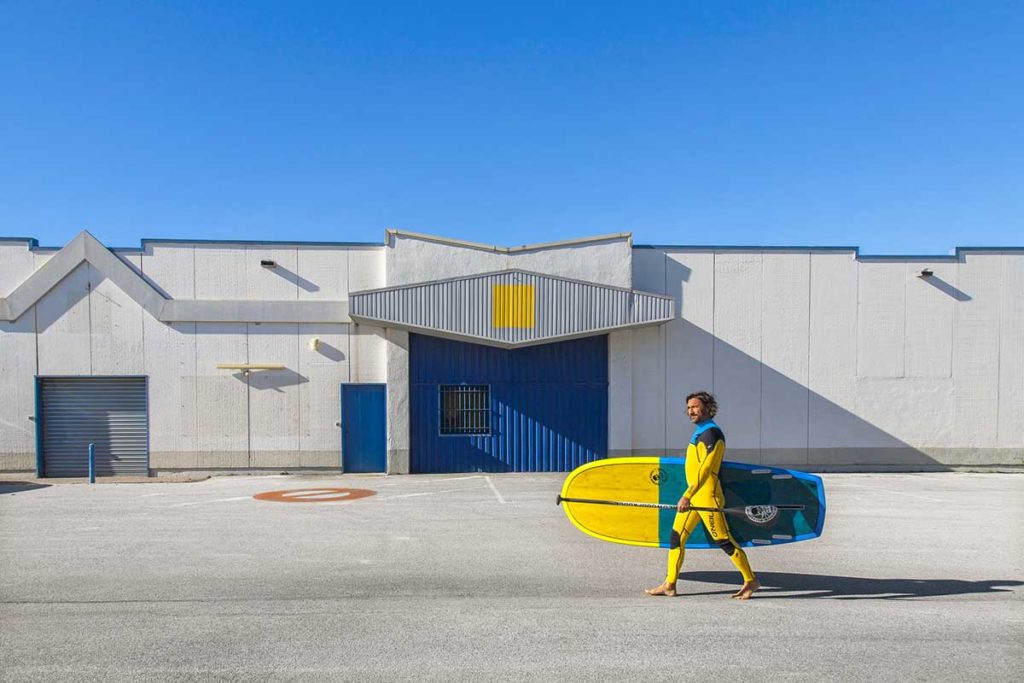
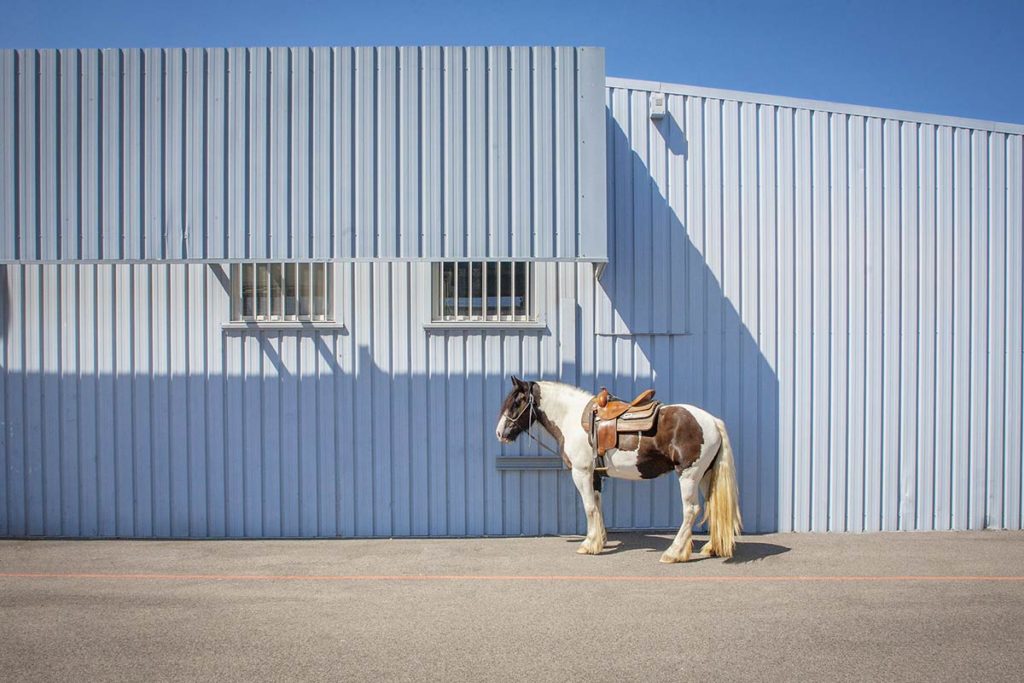
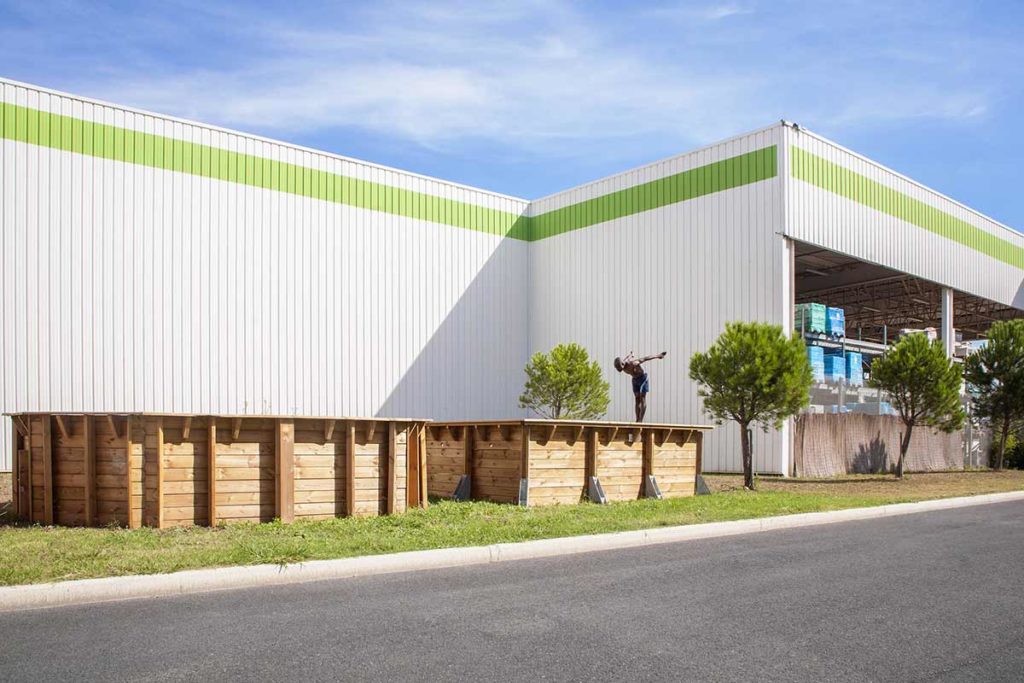
Credits
Other Stories
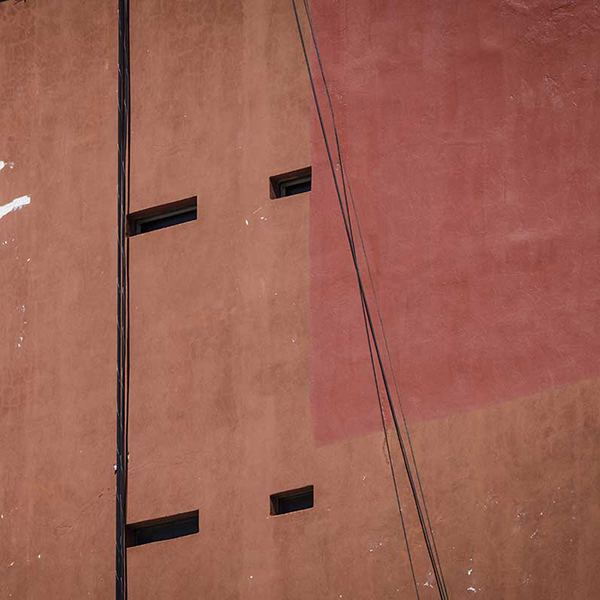
Pieles, Part II – By Andrea Baretto
Pieles, Part II - by Andrea Baretto In Part II of this series, photographer Andrea Baretto invites us back to "Pieles", a photography project that takes Buenos Aires architecture as its main element. Here, the abstraction of shapes and patterns is seen from a more...
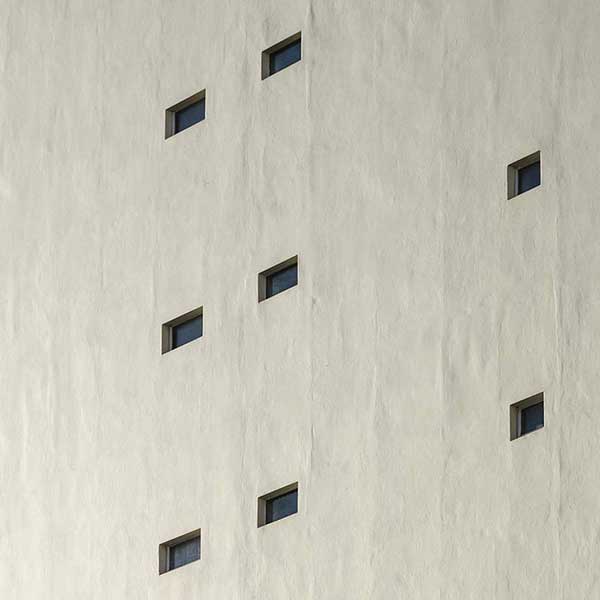
Pieles, Part I – by Andrea Baretto
Pieles, Part I - by Andrea Baretto Earlier last month, Shrill Cats discovered the work of architecture photographer Andrea Baretto from Argentina. Her work is simply unlike most photographers from this genre, who traditionally presents the vast buildings in their...
Submit to us
Shrill Cats is a magazine made for artists, by artists. We are always on the look out for photography with a unique, creative perspective. All photos submitted to Shrill Cats Magazine are automatically considered for publication in our print issues. The best photos are chosen and featured in our print magazine. Click here for details.
